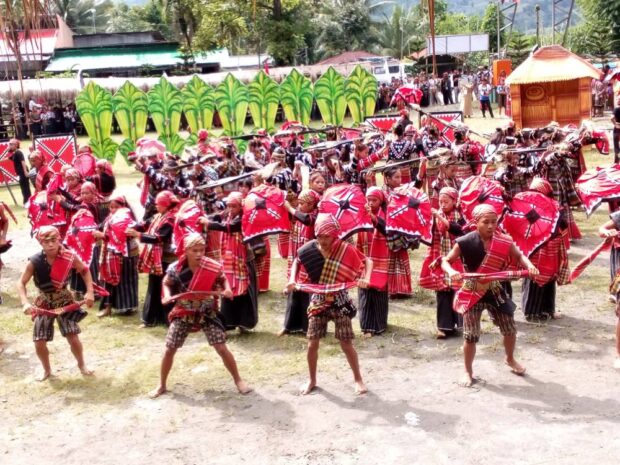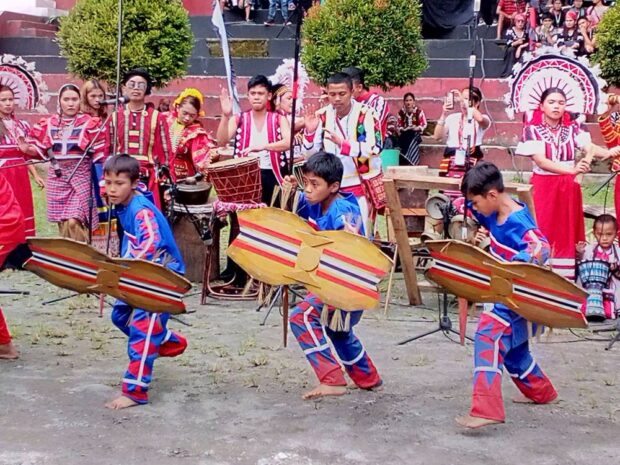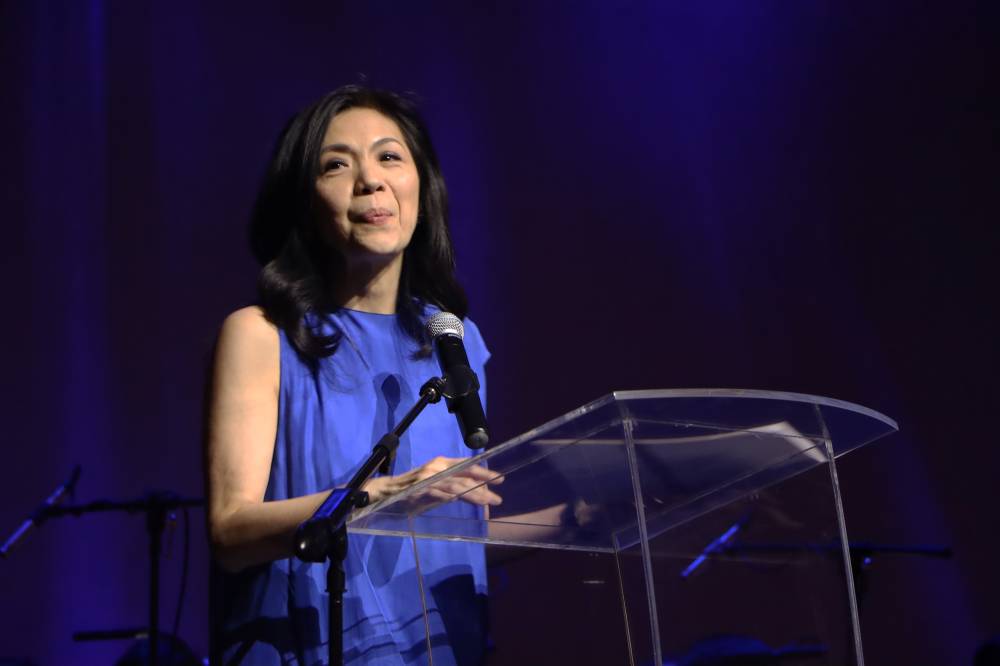
October is National Indigenous Peoples’ Month, and this was celebrated in a big way in Lake Sebu, a major ecodestination in South Cotabato, with its seven hidden waterfalls and high zipline. It’s home to the T’boli ethno-linguistic group and also to some “national living treasures.”
This was Dayaw 2024, a three-day festival of merrymaking, pulsating music, chanting, food demonstrations, arts and crafts demonstrations (weaving is a major art in the region), cultural immersions, visits to outreach areas and national schools, cruising around the lake and a memorandum agreement for a National Museum branch in the town of Lake Sebu and in Koronadal, the capital city. October is also Museums and Galleries Month.
The festival was organized by the National Commission for Culture and the Arts (NCCA) in coordination with the local governments of Lake Sebu, headed by Remie M. Unggal and of South Cotabato, headed by Gov. Reynaldo Sucayan Tamayo Jr. The NCCA delegation was headed by chair Victorino Mapa Manalo.
Grand presentation
The opening ceremonies at the parade grounds were a highlight of the festival, which turned out to be something akin to an extravaganza. The main production number was performed to the beat of the throbbing drums, with precision movements simulating a war dance and the women waving wooden guitars. Then the choreography segued into a courtship dance, with the men this time clutching drums.
“Every movement has a meaning,” an Indigenous dancer in Baguio told me once.
It was a feast of color, as hundreds of students from the various schools in the province gathered, caparisoned in tribal chic. There were performers who were more mature, although it was mainly youth on parade. There were clusters of representatives from all over the land, and the honored guests were the “National Living Treasures,” the veteran master weavers who have been cited for their contributions to traditional handwoven art.
Horsemen were part of the program, for the T’bolis are known for maintaining horses. In fact, many years ago, during a visit to a T’boli settlement in the hills of Norala, South Cotabato, I rode a horse down into the valley, guided, of course, by the rider. Now, during the festival, one of the horses became nervous because of the clangor of the opening ceremonies, and the rider had to calm it down.

Children’s hour
Even children got into the act, performing like little warriors with shields and spears. Behind them, part of a group of adults, sat and performed “Little Drummer Boy” in all solemnity. Later at the nearby residence-studio workshop of the gracious master weaver known as Nanay Linda, her grandchildren entertained national media visitors by dancing and playing musical instruments with élan.
Children of the Indigenous Peoples (IPs) learn traditional dances and how to play musical instruments at an early age. These may include an array of gongs (kulintang), kudyapi (two-stringed lute), kubing or jaw harp, tongali (nose flute), bungkaka or the bamboo flute which may sound like the twitter of birds and drums which are beaten on and on by sturdy young braves, casting a spell on the audience.
So there were courtship dances, war dances, scarf dances and most likely dances to drive away evil spirits or birds of prey from the rice fields. Fancy footwork and arms joyously raised upright are a trademark of the typical Indigenous dance. The women are usually graceful with flowing movements and balletic port de bras (movement of the arms). The men were agitated, whirling at times, wielding spears and simulated bladed weapons.
The three-day festival was a feast of dancing and music. In one courtship dance, the man placed a white handkerchief on the shoulder of the woman, with the latter casting it aside several times until finally accepting it. Thus, the handkerchief united them. One solo number was performed twice in as many days, by a different dancer. The woman sashayed around flirtatiously, as if to powder herself and winking suggestively at the men.
Despite a power outage on the final night, band members kept their composure and continued to beat the drums and the gongs vigorously. When it looked like the power failure would last, members of the audience, in costume, adults and children alike, gathered in front of the stage and began to dance joyously, the cameramen lending some light to the occasion.
After an hour or so, the lights were back on and the regular numbers scheduled on the program resumed. There was even a pas de deux from Manila and the lowland provinces with the woman in a baro’t saya and the man in barong Tagalog. This was a show of national unity, a genuine unity team.
The Dayaw Festival was not just a song and dance extravaganza, of course, as speakers exhorted the Indigenous people to be true to their ethno-linguistic groups and cultural communities, to preserve their culture and traditions. It was all a celebration of the Indigenous way of life of a vital sector often discriminated against, their ancestral lands coveted by big businesses in league with government. —CONTRIBUTED












































